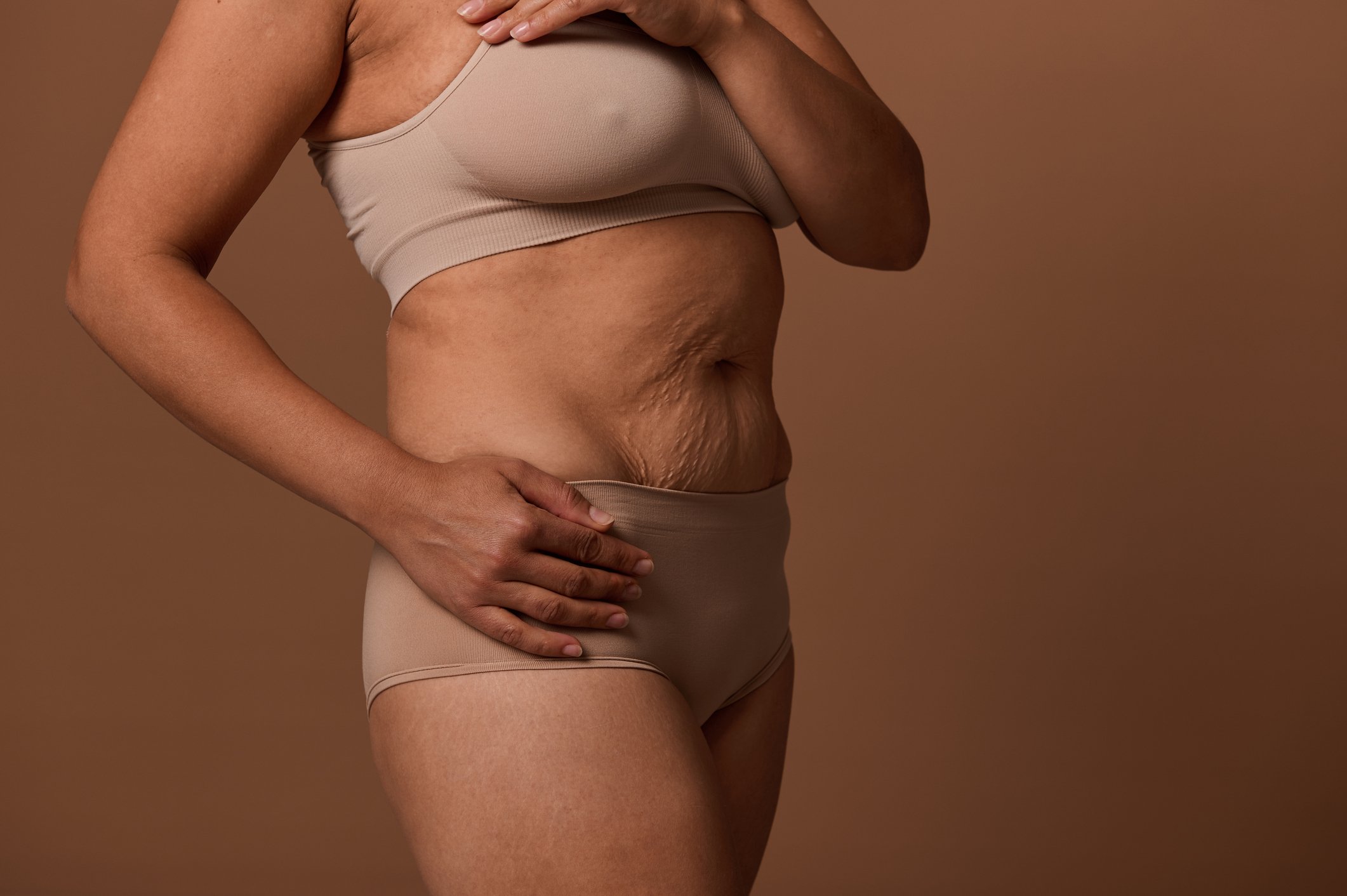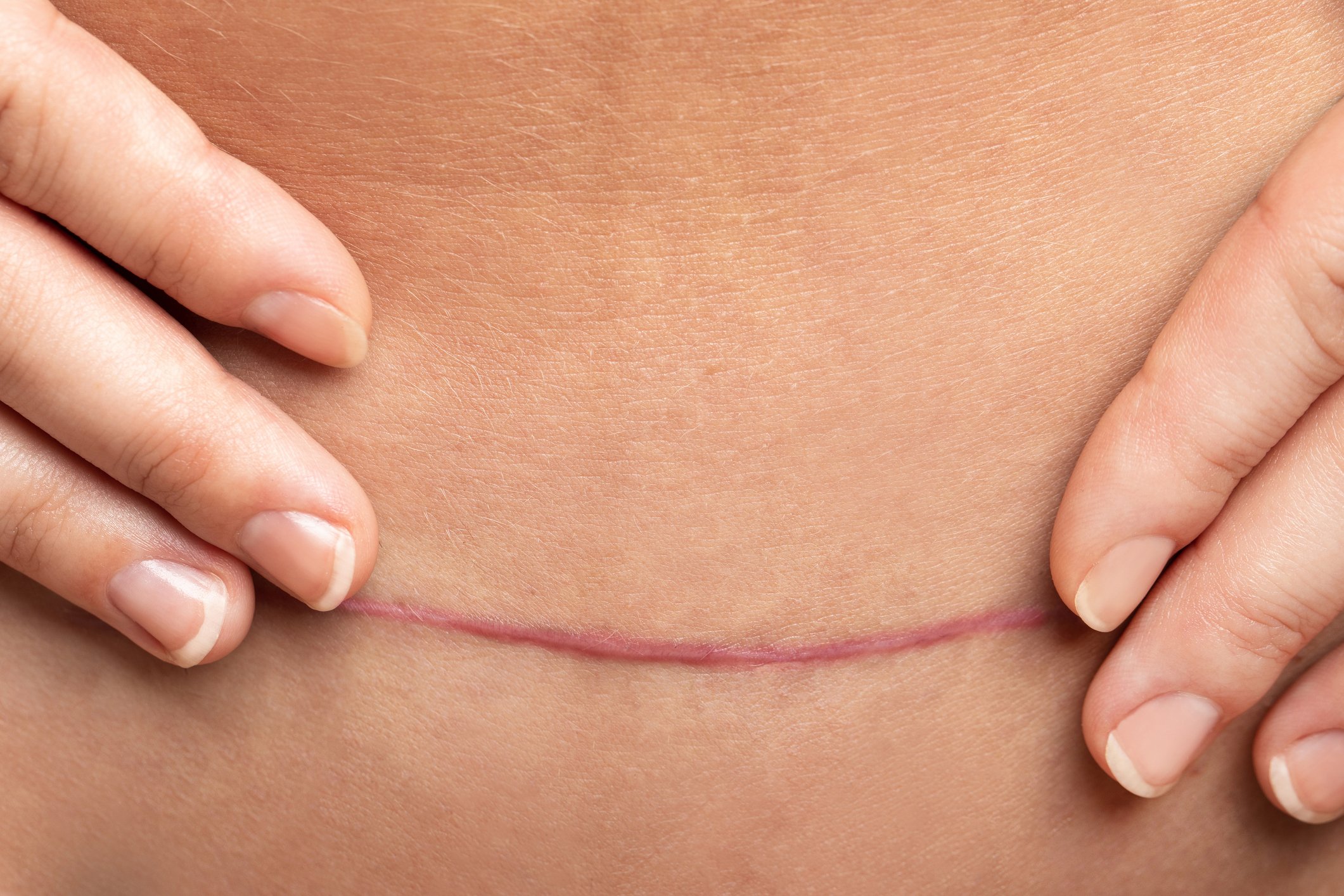What is Perimenopause?
Perimenopause is the transition in a woman’s reproductive life in the years before menopause. It is marked by fluctuating hormone levels, especially low estrogen. It causes various physiological changes and can affect pelvic floor health. You may be dealing with urinary incontinence, pelvic organ prolapse, or painful sex.
But what are the links between perimenopause and pelvic floor health? Let’s get into the hormonal, structural, and functional changes that occur, and how you can better manage your symptoms.
Understanding your Pelvic Floor
The pelvic floor is a group of muscles, ligaments, and tissues that support the bladder, uterus, vagina, and rectum. It controls bladder and bowel functions, maintains continence, and supports sexual intimacy. Childbirth, aging, weight gain, and hormonal changes all affect pelvic floor health. This is especially true during perimenopause.
Hormonal Changes in Perimenopause and Their Impact on Pelvic Floor Health
A major change during perimenopause is the decline in estrogen levels. Estrogen is vital for the pelvic floor muscles and urogenital tissues. It keeps them strong, elastic, and intact.
Estrogen’s Role in Pelvic Floor Health
Estrogen is vital for the health of the pelvic floor and nearby connective tissues. It helps maintain the collagen content of these tissues, ensuring elasticity and strength. Estrogen helps regulate blood flow to the pelvic organs and tissues. This is vital for their maintenance and repair.
As estrogen levels decline during perimenopause, the following changes may occur:
Loss of tissue elasticity:
The pelvic floor tissues may weaken and lose their elasticity. This can cause the pelvic organs to drop, causing pelvic organ prolapse (POP). This is when the bladder, uterus, or rectum descends into or out of the vagina.
Vaginal atrophy
Estrogen loss can cause thinning of the vaginal walls and reduced lubrication. This condition is called vaginal atrophy or genitourinary syndrome of menopause (GSM). It can harm sexual function, cause discomfort, and raise the risk of UTIs.
Diminished urethral function
Estrogen keeps the urethra and its sphincter working well. Its decline can cause urinary incontinence, especially stress urinary incontinence (SUI). This is leakage during activities that raise abdominal pressure, like coughing, sneezing, or exercising.
Evidence of Hormonal Impact on Pelvic Floor Health
Several studies have linked low estrogen to pelvic floor disorders in perimenopause. A Menopause review found low estrogen raised the risk of pelvic organ prolapse and urinary incontinence. A Journal of Women’s Health study found that perimenopausal women were more likely to have stress urinary incontinence. The risk increased as estrogen levels declined.
Structural Changes in the Pelvic Floor During Perimenopause
The perimenopausal transition involves hormonal changes and natural aging. These can harm the pelvic floor’s structure. These changes include weaker muscles and connective tissues. Also, they include changes in collagen content and muscle mass.
Muscle Weakness and Atrophy
As women age, muscle mass naturally decreases, a process known as sarcopenia. The pelvic floor muscles are no exception. Research shows that perimenopausal women risk pelvic floor muscle weakening. Age-related muscle loss and declining estrogen cause this. This weakening can harm the pelvic floor as it supports the pelvic organs and controls urination.
Connective Tissue Changes
Connective tissues support and structure the pelvic organs. Their collagen content declines with age. Studies show that perimenopausal women produce less collagen and degrade more. This weakens their pelvic floor connective tissues. These changes can worsen the risk of pelvic organ prolapse. They can also cause symptoms of pelvic floor dysfunction.
Consequences of Pelvic Floor Dysfunction in Perimenopause
During perimenopause, hormonal and structural changes in the pelvic floor can cause problems. They include urinary incontinence, pelvic organ prolapse, and sexual dysfunction.
Urinary Incontinence
Urinary incontinence is a common pelvic floor disorder in perimenopausal women. Stress urinary incontinence is linked to weak pelvic floors and low estrogen. Also, overactive bladder (OAB) can arise from changes in bladder function and the support structures of the urethra. It is marked by urgency, frequency, and nocturia (waking at night to urinate).
Pelvic Organ Prolapse
Pelvic organ prolapse occurs when the pelvic organs (bladder, uterus, rectum) descend. This is due to weakened pelvic floor muscles and connective tissues. Prolapse symptoms include pressure or bulging in the vagina, discomfort, and trouble urinating or having a bowel movement. Evidence suggests that prolapse risk increases during perimenopause. This is due to lower estrogen levels and weakened pelvic floor support.
Sexual Dysfunction
Vaginal atrophy and pelvic floor dysfunction can cause sexual problems in perimenopausal women. These include pain during intercourse (dyspareunia) and lower sexual satisfaction. Estrogen deficiency can thin vaginal tissues and reduce lubrication, causing discomfort. A weak pelvic floor can reduce sensation and make orgasms harder to achieve.
Strategies for Managing Pelvic Floor Health During Perimenopause
Managing pelvic floor health during perimenopause is vital. It can improve quality of life and prevent pelvic floor disorders. Several strategies can effectively support pelvic floor function during this time.
Pelvic Floor Exercises
Pelvic floor muscle training (PFMT), or Kegel exercises, can be very effective. It improves pelvic floor strength and prevents incontinence and prolapse. A Cochrane Database review found that PFMT helped perimenopausal women with urinary incontinence. Regular exercise helps maintain muscle tone and many women see significant symptom improvements with consistent practice.
The MUTU System program is recognised and recommended by doctors and women’s health specialists as effective and evidence-based.
Hormone Therapy (HRT)
Hormone replacement therapy (HRT) or localized estrogen therapy can help. They can reduce some effects of losing estrogen on the pelvic floor. Topical estrogen treatments, like vaginal creams, pessaries or rings can improve vaginal atrophy symptoms, boost pelvic floor tissue, and reduce incontinence. Women should use HRT under medical supervision, as it may not be suitable for everyone. Systemic HRT can be helpful for both pelvic floor and urinary symptoms, alongside other menopausal symptoms. It should be prescribed and monitored by a medical practitioner.
Lifestyle Modifications
Minimising bladder irritants such as caffeine, alcohol and fizzy drinks can be helpful to reduce urinary symptoms. Try to eat plenty of fibre-rich foods, to prevent constipation which can stress the pelvic floor.
Maintaining a healthy weight and taking regular exercise can improve pelvic floor health. Obesity is a major risk factor for pelvic floor dysfunction, as extra weight increases pressure on the pelvic organs.
Conclusion
Perimenopause is a key time for pelvic floor health. Hormonal and structural changes can cause pelvic floor disorders and declining estrogen affects your pelvic floor health. Aging naturally weakens muscles and tissues. We recommend evidence-based pelvic floor exercise, hormone therapy, and lifestyle changes to reduce perimenopause’s effects on the pelvic floor. All these strategies can help maintain quality of life, comfort and happiness during this completely natural transition.
References
1. North American Menopause Society (2014). Genitourinary syndrome of menopause: New terminology for vulvovaginal atrophy from the International Society for the Study of Women’s Sexual Health and the North American Menopause Society. *Menopause*. [Link](https://www.menopause.org/docs/default-source/2014/genitourinary-syndrome-of-menopause)
2. Luber KM. (2004). The definition, prevalence, and risk factors for stress urinary incontinence. *Reviews in Urology*, 6(Suppl 3), S3–S9. [Link](https://www.ncbi.nlm.nih.gov/pmc/articles/PMC1472837/)
3. Milsom, I., et al. (2009). The prevalence of urinary incontinence in women and men: A review of the epidemiology. *European Urology*, 16(4), 31-39. [Link](https://pubmed.ncbi.nlm.nih.gov/19117777/)
4. Brown, J. S., et al. (2011). Urinary incontinence in women: Prevalence, risk factors, and impact on quality of life. *Journal of Women’s Health*, 20(1), 1-7. [Link](https://pubmed.ncbi.nlm.nih.gov/21194394/)
5. Tinetti ME, Williams CS. (1997). Falls, injuries due to falls, and the risk of admission to a nursing home. *N Engl J Med*, 337:1279-84. [Link](https://www.nejm.org/doi/full/10.1056/NEJM199710303371806)
6. Liedl, B., et al. (2018). The impact of aging on the female pelvic floor. *International Urogynecology Journal*, 29(4), 529-534. [Link](https://pubmed.ncbi.nlm.nih.gov/28762148/)
7. Barber MD. (2016). Pelvic organ prolapse. *BMJ Clinical Evidence*, 2016:0811. [Link](https://www.ncbi.nlm.nih.gov/pmc/articles/PMC5455064/)
8. Maher C, Feiner B, Baessler K, et al. (2013). Surgery for women with pelvic organ prolapse: *Cochrane Database of Systematic Reviews*. [Link](https://pubmed.ncbi.nlm.nih.gov/23959466/)
These sources provide a comprehensive view of the effects of perimenopause on pelvic floor health.












